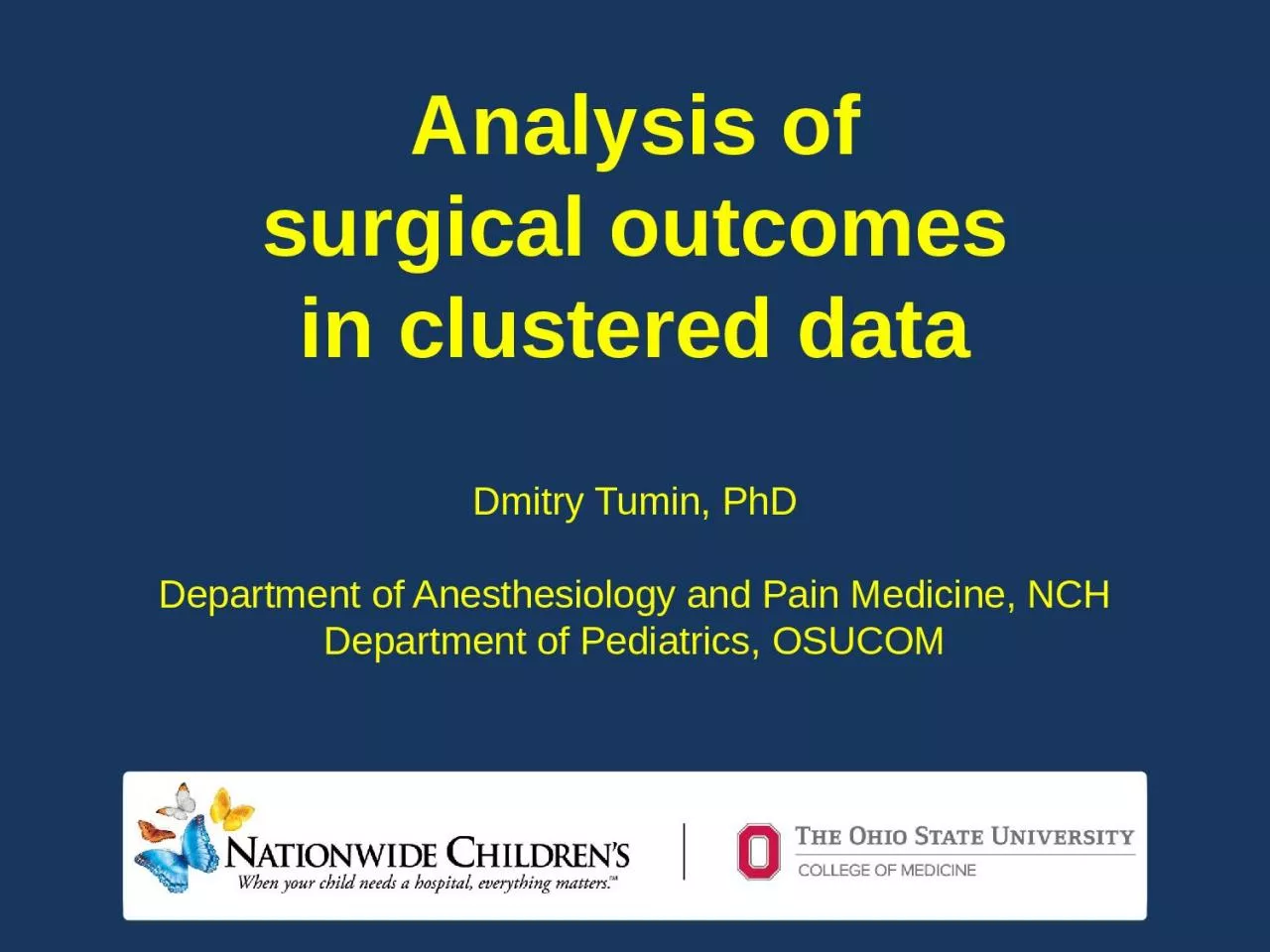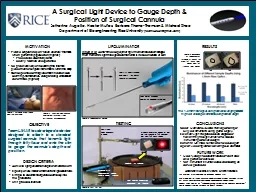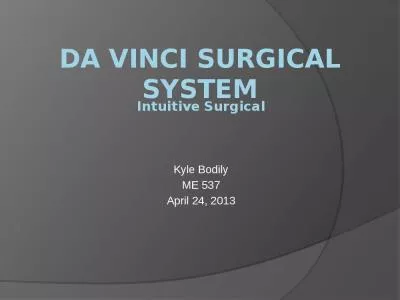PPT-Analysis of surgical outcomes
Author : norah | Published Date : 2023-12-30
in clustered data Dmitry Tumin PhD Department of Anesthesiology and Pain Medicine NCH Department of Pediatrics OSUCOM Surgery in the US gt50 million inpatient
Presentation Embed Code
Download Presentation
Download Presentation The PPT/PDF document "Analysis of surgical outcomes" is the property of its rightful owner. Permission is granted to download and print the materials on this website for personal, non-commercial use only, and to display it on your personal computer provided you do not modify the materials and that you retain all copyright notices contained in the materials. By downloading content from our website, you accept the terms of this agreement.
Analysis of surgical outcomes: Transcript
Download Rules Of Document
"Analysis of surgical outcomes"The content belongs to its owner. You may download and print it for personal use, without modification, and keep all copyright notices. By downloading, you agree to these terms.
Related Documents














